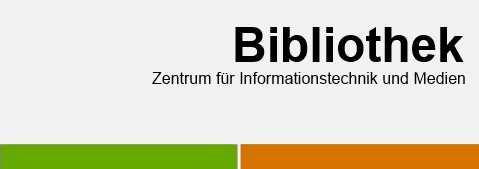Filtern
Purpose
Although the systemic approach to the leadership concept seems to fit well into our modern complex and dynamic work environment, only little research has been conducted to define and assess systemic leadership. In this study we therefore developed and assessed criterion validity of the
multidimensional systemic leadership inventory (SLI, Sülzenbrück & Externbrink, 2017).
Methodology
We conducted two cross-sectional survey among managers and employees of various organizations (N = 143 and N = 150).
Results
We found a robust five-factor structure of the SLI, comprising systemic thinking, self-knowledge, solution-oriented communication, creating meaning and delegation. Regarding criterion validity, a significant positive correlation of systemic leadership was found with affective commitment, while a significant negative correlation with emotional strain in occupational contexts occurred. These overall positive outcomes for employees were not undermined by negative personality traits of the employee (Machiavellianism), while strong growth need strength further enhanced positive effects on affective commitment.
Limitations
Since all variables were measured as self-reports, common method variance could limit our findings.
Practical Implications
Systemic leadership is a very promising new approach for leaders to ensure committed and less strained employees.
Value
Systemic leadership, especially in terms of a leaders’ understanding of organizational and private systems influencing work behaviour of all members of an organization, is a promising novel leadership model suitable to address challenges of complex and dynamic work environments.


